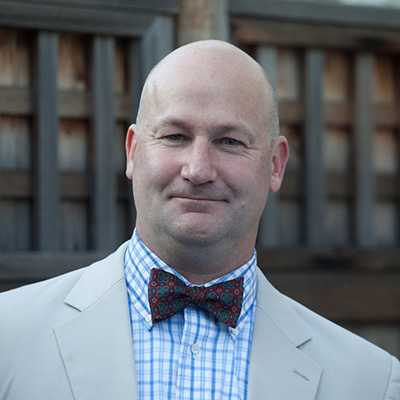Julie Kuchepatov shares SAGE advice on how to approach gender equality issues in seafood

SAGE, a nonprofit launched on 13 October, 2020, by Julie Kuchepatov, is working to raise awareness around – and ultimately improve – gender equality in the seafood industry. Kuchepatov, the former director of seafood at Fair Trade USA and a founding member of Ocean Outcomes, hopes to help establish a more inclusive seafood industry through SAGE. SeafoodSource interviewed Kuchepatov about how the seafood industry should approach 2021 with gender equality issues in mind.
SeafoodSource: Having worked at Fair Trade and with various seafood companies across sectors and geographies over the years, you are familiar with the many challenges the industry faces. Why should the industry be thinking about gender equality?
Kuchepatov: Building gender equality and women’s empowerment in the seafood industry is critical. The seafood sector, as with most sectors, has experienced an unprecedented level of disruption due to the global pandemic and decisions are being made in real time about the industry’s future. To build back better, we must develop equitable solutions that include diverse voices to overcome the challenges created by COVID-19.
It is no secret that leadership in the seafood industry is overwhelmingly male, and many of these leaders are older, planning for retirement, and creating succession plans. Will they pass on their wealth of institutional knowledge and training to people who “look like them,” or will they include steps to encourage new and diverse voices to come forward and lead? Again, a diverse, inclusive, and equitable industry creates more innovation, something this industry needs now more than ever.
The global pandemic has thrown much of the industry into disarray with companies struggling to keep afloat. Building a robust pipeline of women leaders has been shown to increase the bottom line and benefit corporate performance, something we could all use.
SeafoodSource: What can a seafood company just starting to think about these issues do? Are there good resources to support companies?
Kuchepatov: From a supply chain angle, the great news is that many tools and research needed to recognize women’s contributions to fisheries and fish farms either exist and/or are in development. For example, the Blue Action Fund has gender-responsive for coastal conservation and sustainable fisheries projects.
For the industry, it is important that a company’s leadership commit to and embrace diversity, equity, and inclusion (DEI) in a holistic effort. Consultants all over the U.S. can support companies as to how to internally incorporate gender positive strategies and become more gender inclusive. Finally, many of the NGOs in the sustainable seafood movement, such as Future of Fish and Sustainable Fisheries Partnership, are working to incorporate gender measures into their field work.
SeafoodSource: How have the U.N. Sustainable Development Goals influenced this work, and what can be done in seafood to help achieve these goals?
Kuchepatov: The sustainable seafood movement, working hand-in-hand with the seafood industry, set a big goal – by 2030, at least 75 percent of global seafood production is environmentally sustainable or is making verifiable improvement and safeguards are in place to ensure social responsibility. Since the start of the movement a little more than two decades ago, and thanks to our collective efforts, 35 percent of global seafood production is currently either certified, rated, or in a fishery improvement project (FIP). To meet this ambitious goal, we will have to more than double the volumes of seafood production that is either certified, rated, or in a FIP in half the time.
SAGE was founded to build gender equality and women’s empowerment in global seafood production, as outlined in the Sustainable Development Goal 5, Gender Equality. SDG 5 is an accelerator, enabler, and indivisible of the other SDGs. At SAGE, we believe that implementing solutions to address SDG 5 will able us to scale and accelerate efforts to achieve SDG 14, Life Below Water. We believe that we can reach this ambitious goal if we integrate activities into improvement initiatives that focus on building women’s empowerment and gender equality in global fisheries and fish farms.
SeafoodSource: Are there positive stories to build on in seafood in this realm?
Kuchepatov: There are so many positive stories in seafood! SAGE’s mission is to uplift and amplify diverse voices in global seafood production, so building a platform for people to share their stories is paramount to me. We’ve been on the environmental sustainability journey for a long time and have been digging deeper into social responsibility. Building women’s empowerment and gender equality in global seafood production is the next evolution of that effort, and, while we’ve made some great progress, there still is a lot to do.
SeafoodSource: What’s next for SAGE?
Kuchepatov: My main goal for 2021 is to really understand the big disconnect between the perception of barriers to gender equality between men and women in the seafood industry. To do this, I plan to conduct a survey of industry professionals, then generate recommendations based on the findings to dismantle these barriers and encourage increased participation of enthusiastic and qualified leaders of all genders, ready to lead the seafood industry into a bright, post-COVID-19 future.
Photo courtesy of Julie Kuchepatov/LinkedIn






Share